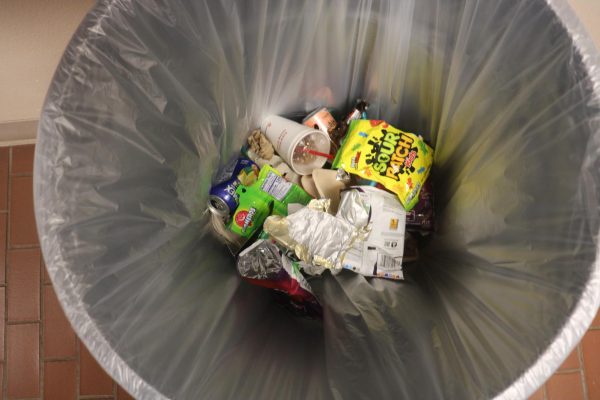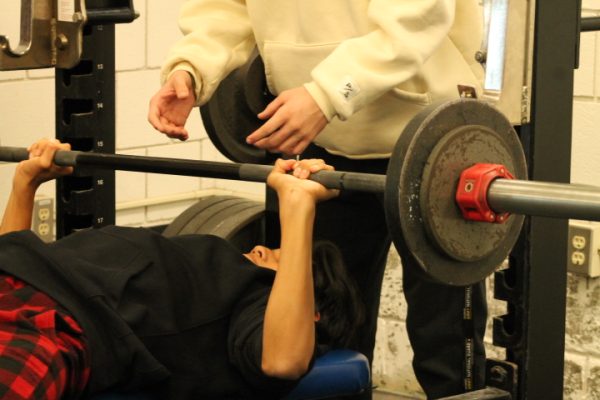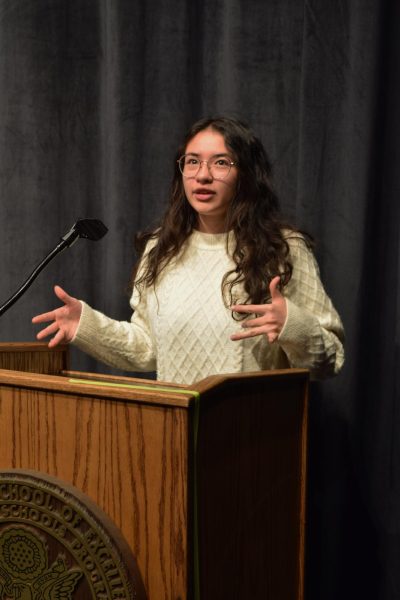Being Transgender at Creek
November 28, 2016
At Cherry Creek High School and in many communities globally, members of the LGBTQ+ community are now subject to increased exposure, as their numbers continue to increase. While it’s been said that there’s evidence of people being transgender even in ancient history, society as a whole remains undereducated on the subject. Whether it be due to a lack of exposure or ignorance, people remain knowledgeable about the concept, and what people don’t know, they fear, and from fear breeds hate.

Cooper Carrington
Cooper Carrington’s experience, even at a comparatively progressive school such as Creek, has led him to agree that “hate is taught”, and for the LGBTQ+ community it definitely exists. Specifically for transgender kids, the transition is especially difficult for males who identify as female. As someone who’s gone a majority of their life being assigned the identity of male, society tends to have a harder time understanding why anyone would want to identify as female because “feminine qualities are usually associated with weakness”, as opposed to someone of the “weaker” sex identifying as male. Carrington says that in his experience, although bullying now has definitely evolved to being more a matter of rumors and ostracization, he’s been “harassed…threats have been followed..[and although he] tries not to let it affect [him], it does”.
For many this is surprising, considering the amount of transgender and LGBTQ+ students at Creek, but for the students subjected to this treatment, things seem to be improving as they ensure that their voices are heard. There are now three transgender bathrooms at Creek as a result of the efforts of Spectrum(the LGBTQ+ club at Creek). In spite of this, as a leader in the community and four-year member of senate, Carrington believes there’s much more to be done and improved upon.
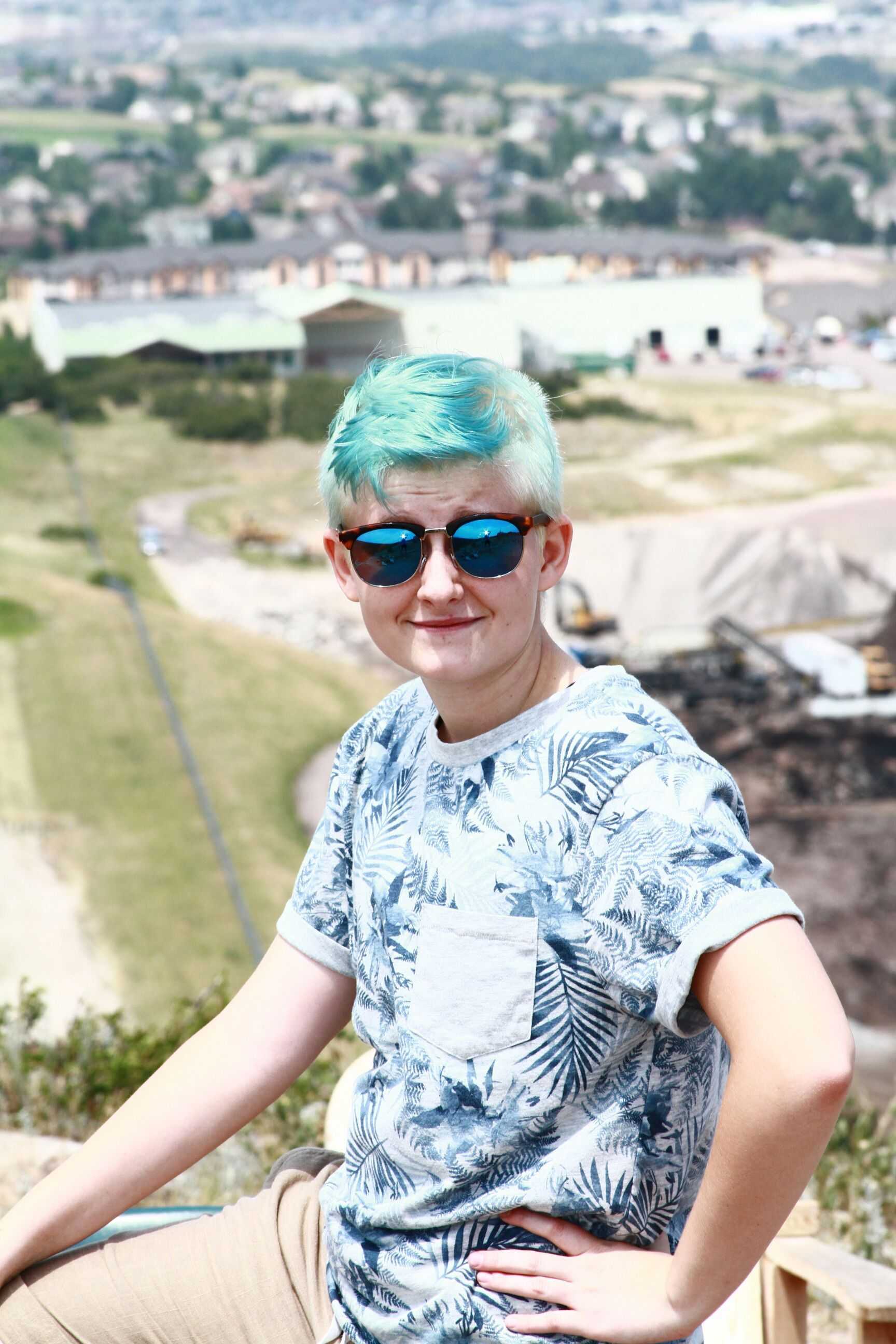
Theo Beasley
Theo Beasley is a senior and president of Creek’s Spectrum Club. He came out as transgender his sophomore year and since then, has successfully been a part of providing Creek with transgender bathrooms and confidently expressing who he is.
“You have to come out to people in steps. It doesn’t just happen all at once. First, I came out to my mom and my brother, then my dad and my other brother, and then it was my grandparents. You branch out a little bit and it never goes how you expect it to go. It’s a big thing and you’re always going to be nervous about it,” said Beasley.
Beasley never felt pressured to “come out”, but he did just so people would know who he is and identify him correctly as a male.
He used to be known as ‘Chilton’, and coming from Campus Middle School just next door, he still finds himself being called his birth name.
“Sometimes I’ll have a friend tell them that I’m a guy. It will get to me if people call me a girl or call me by my birth name; I’ve gone home crying before, but I think having a supportive brother and a supportive boyfriend has given me confidence to correct those people. Part of it, I think, is putting up with it, though,” said Beasley.
He always knew he didn’t “fit in”, but still remained true to himself and found support from the right people. If anyone is having a hard time finding themselves, Beasley’s advice is to “hang in there because there is no rush to come out.”
Beasley agrees that society is undereducated on the concept of being transgender and has come across “many who still believe that if you’re born a boy, you’re a boy and if you’re born a girl, you’re a girl.” There is progress to be made, but he believes society as a whole is moving in the right direction.
Carrington agrees that the key to acceptance for transgender students is the education of their peers. Carrington and Beasley both believe that doing things such as “implementing a unit on the subject in Health classes”, helping people “understand the difference between sex and gender”, and requiring teachers to be educated on the subject and how to treat students (not assume their gender) are crucial steps into making schools a safer and better place for students of the LGBTQ+ community. The hope is that with increased education will come acceptance, so that future students will not have to endure the negative experiences of students today, in and out of school.



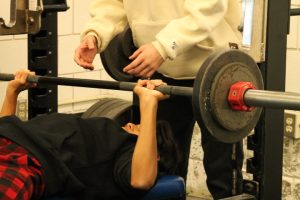



![Creek Unified, the program that promotes inclusion of those with disabilities, through team sports. “I like unified [because] I get to see my friends,” Debolt said. “And I like to play [with] all the boys.”](https://unionstreetjournal.com/wp-content/uploads/2024/04/thumbnail_WrynsEditsFINAL-email-new-keep-final-copy1-600x436.jpg)
